TimmyD11
TPF Noob!
- Joined
- Jul 2, 2017
- Messages
- 158
- Reaction score
- 10
- Can others edit my Photos
- Photos NOT OK to edit
So in film photography you set the ISO for what ISO the film was, 800 film being more sensitive to light than 100 for example...
How does a "fixed" sensor in a digital camera become more or less sensitive to light by just selecting a different ISO? I'd like to know what it's doing so I know how to use it (and use it to my advantage when I can).
How does a "fixed" sensor in a digital camera become more or less sensitive to light by just selecting a different ISO? I'd like to know what it's doing so I know how to use it (and use it to my advantage when I can).


![[No title]](/data/xfmg/thumbnail/42/42061-9f4eb186c434652d6587c8bcdde59502.jpg?1619739997)

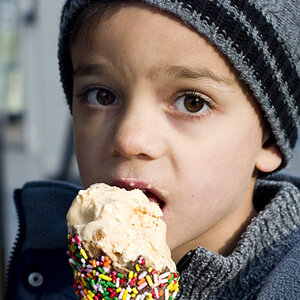

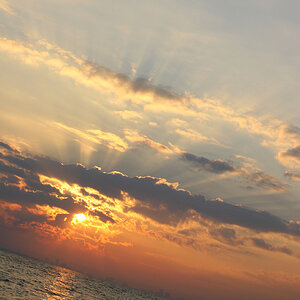
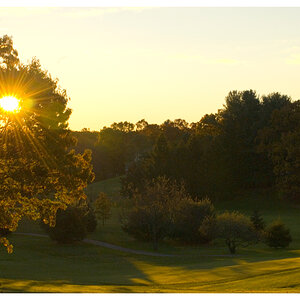
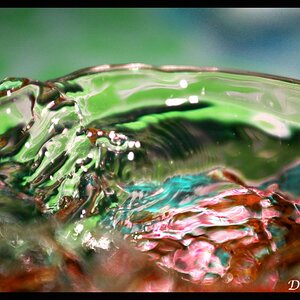
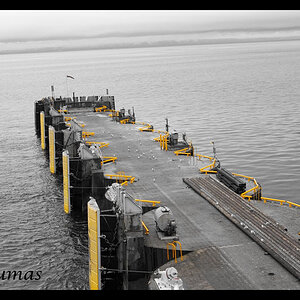
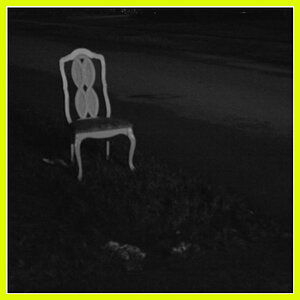
![[No title]](/data/xfmg/thumbnail/31/31015-dc3b950337aa798fec947c782fff2e35.jpg?1619734570)